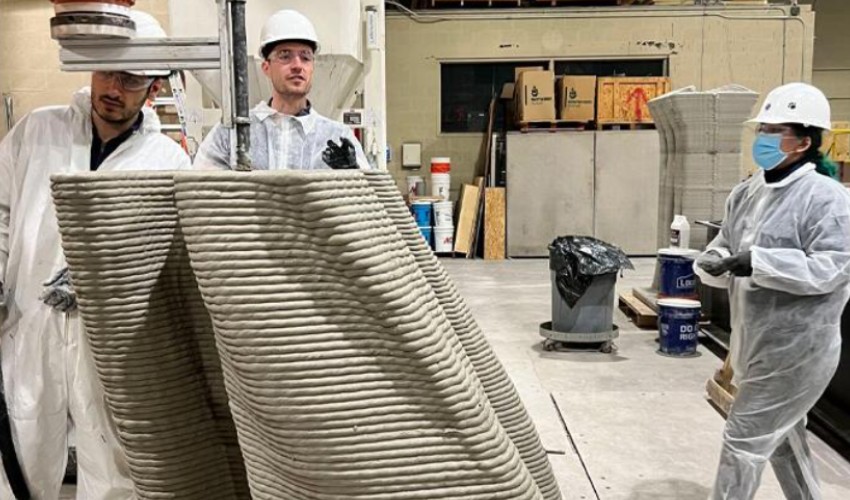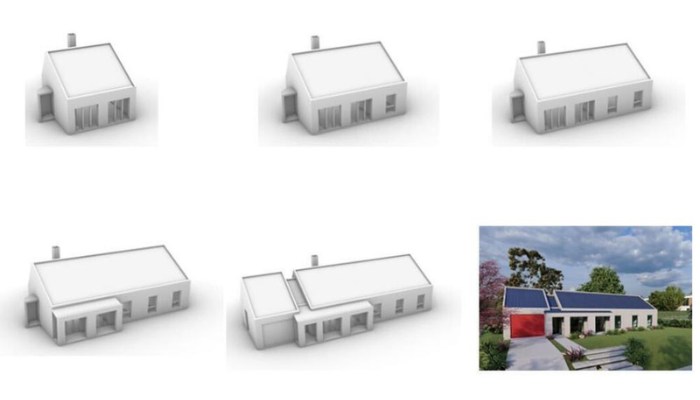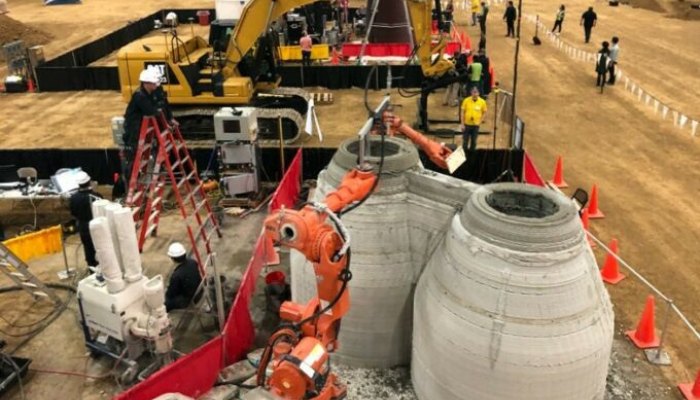Penn State Tackles Alaska’s Housing Shortage with 3D Printed Homes Initiative

In Alaska, where rugged landscapes and harsh winters have exacerbated the housing crisis , researchers at Penn State have developed a promising solution to alleviate the state’s housing shortage. Led by Professor José Pinto Duarte, Stuckeman Chair in Design Innovation and Director of the Stuckeman Center for Design Computing in the College of Arts and Architecture’s Stuckeman School, the research team at Penn State University has turned to 3D printing technology to address the state’s critical need for affordable housing. Their vision? To build sustainable, warmer, and more cost-effective homes for Alaskan residents in need.
Alaska faces a pressing demand for new housing, with current estimates suggesting a need of 27,500 units over the next ten years to combat overcrowding and unsanitary living conditions. In recent years, traditional construction methods have struggled to meet this growing demand, particularly in remote areas where rugged terrain and far distances pose significant transportation and infrastructural challenges. However, with a $376,000 grant from the US Department of Housing, Penn State University seeks to alleviate Alaska’s housing crisis by 3D printing affordable concrete homes.

Renderings of the 3D printed concrete houses.
At the core of this project lies a collaboration between Penn State’s Additive Construction Laboratory (AddConLab) and the Xtreme Habitats Institute (XHI), a non-profit organization dedicated to exploring innovative technologies that may enhance living conditions for Alaskan residents. Partnering with XHI, Penn State is deploying a mobile 3D concrete printer that promises to address various challenges unique to Alaska’s housing landscape. This system will enable rapid construction while reducing costs, and will utilize local materials to help mitigate environmental impact and enhance sustainability.
Focusing first on the remote city of Nome, the team plans to capitalize on Alaska’s short summer window to begin constructing their first homes. The process involves 3D printing concrete wall specimens, and to assess wall resilience against strong winds, strategically integrating reinforced steel bars into designated cavities within the 3D printed concrete. This helps to ensure the flexural structural strength of the houses and mitigate the damage of Alaska’s harsh horizontal wind pressure.
While the potential of these 3D printed homes is promising in combating the housing shortage, Duarte and his team are keenly aware of the substantial obstacles they face. Designing the homes to comply with Nome’s stringent energy standards entails significant costs and is expected to impede construction progress. Furthermore, Nome’s remote location poses logistical challenges, leading to increased expenses for transporting essential materials due to its isolation from major cities and roads. Additionally, the annual summer thawing of Nome’s permafrost presents a critical concern for foundation stability, requiring careful site selection and innovative solutions to navigate this challenge.

Construction of a structure using AddConLabs’ 3D concrete printer.
Despite these hurdles, Duarte and his team remain confident in the project’s success, and have discussed using this technology to construct an estimated 400 new houses over the next five years. “I hope the project may lead to more projects like this in other states, including Pennsylvania and maybe beyond the United States,” Duarte explained. “I strongly believe 3D printing technology at the construction scale can help overcome the shortage of affordable housing and improve the situation of disadvantaged communities.” You can find out more about this project here.
What do you think of the use of 3D printing to alleviate Alaska’s housing shortage? Let us know in a comment below or on our LinkedIn, Facebook, and Twitter pages! Don’t forget to sign up for our free weekly newsletter here, the latest 3D printing news straight to your inbox! You can also find all our videos on our YouTube channel.
*All Photo Credits: AddConLab – College of Arts & Architecture






